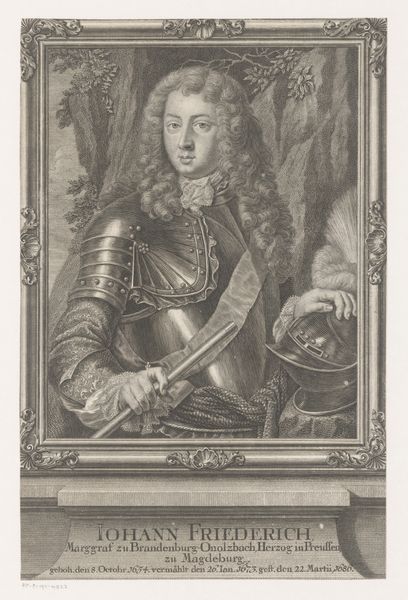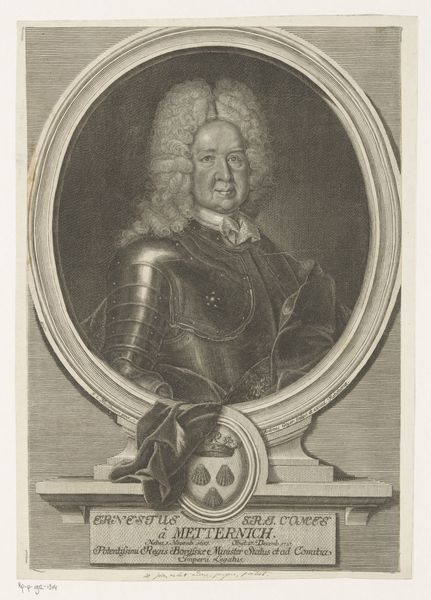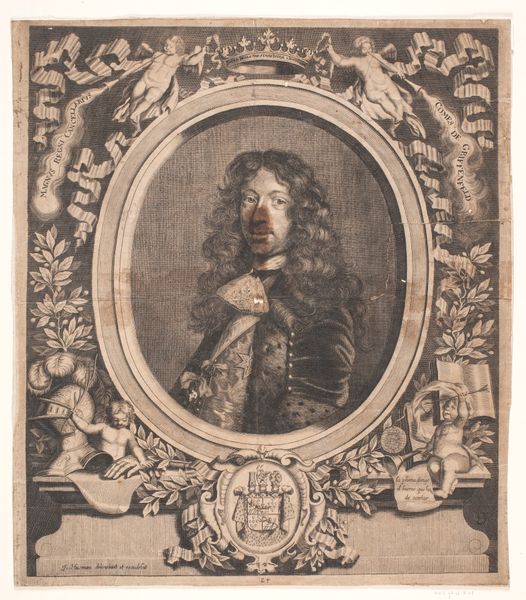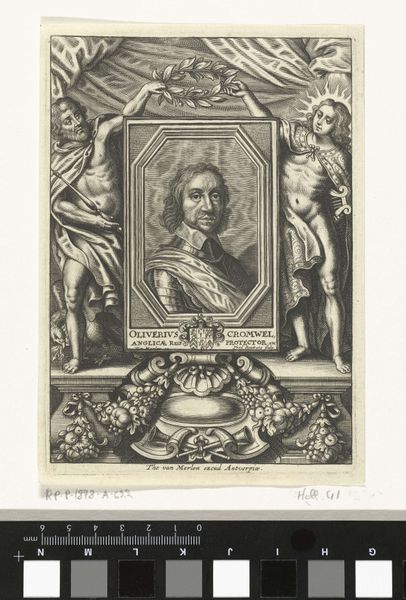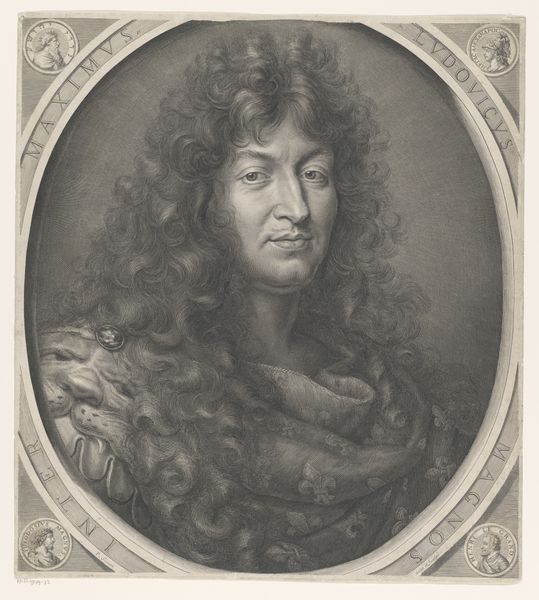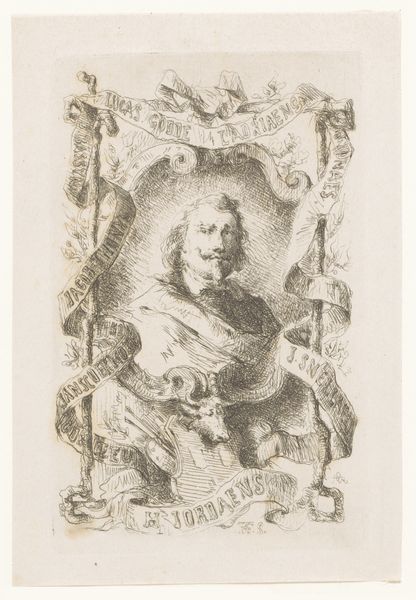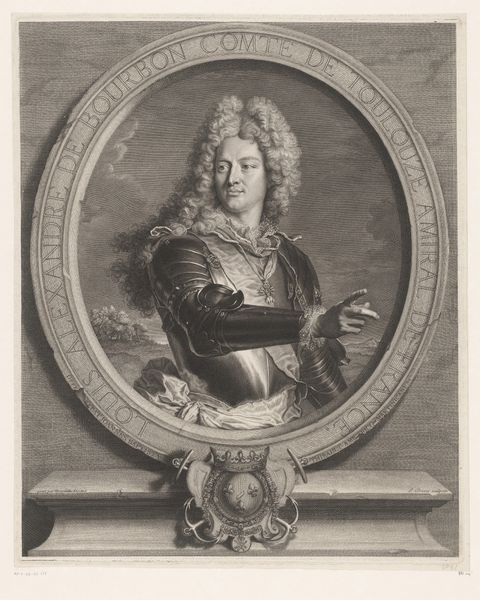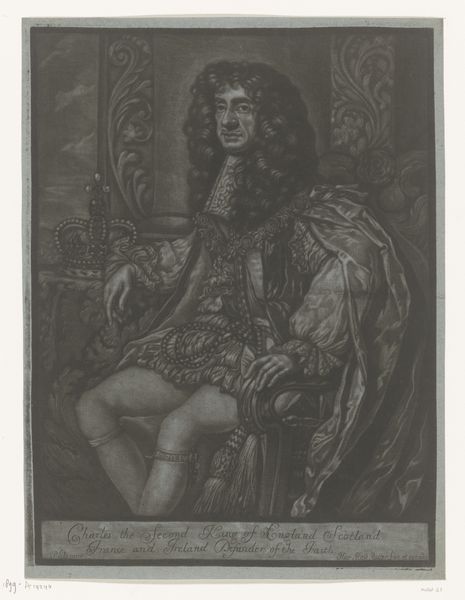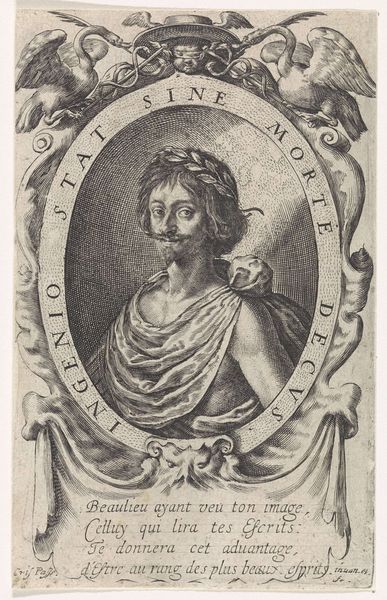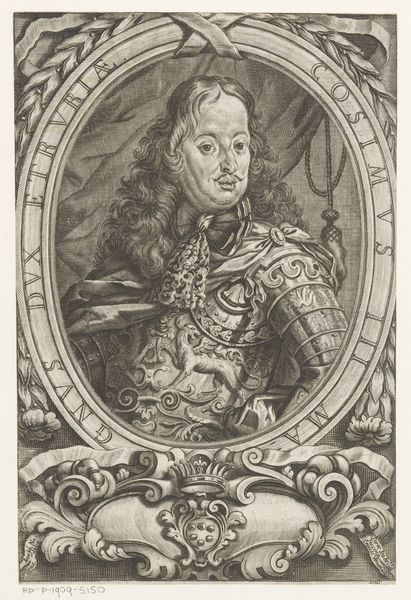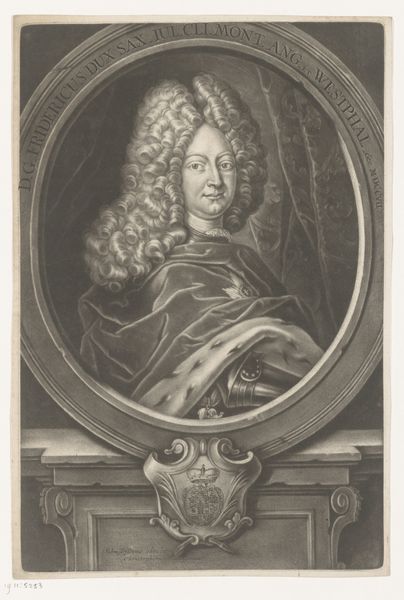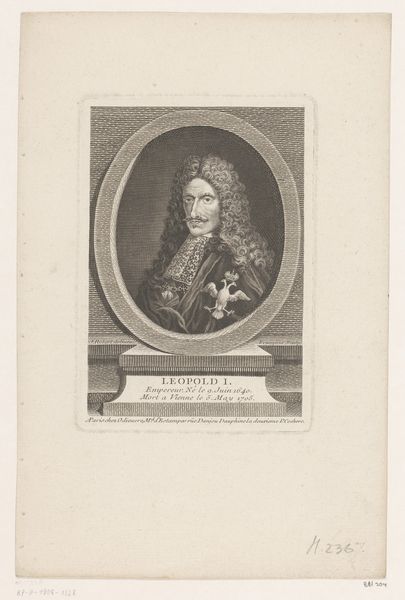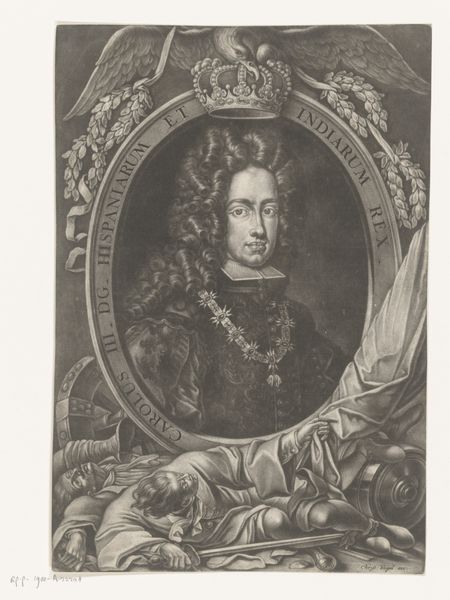
metal, sculpture, marble
#
portrait
#
neoclacissism
#
metal
#
sculpture
#
sculpture
#
marble
#
statue
Dimensions: height 53.0 cm, width 25.0 cm, depth 11.3 cm
Copyright: Rijks Museum: Open Domain
Editor: Here we have a Neoclassical sculpture, the "Bust of Michiel de Ruyter," dating from around 1780-1795, and residing here at the Rijksmuseum. It appears to be made primarily of marble, metal. It has a formal presence, almost imposing. What do you see when you look at this piece? Curator: What I see is a carefully constructed monument, and, like all monuments, it begs the question: who does it serve? It presents a very particular version of de Ruyter. Think about the social and political currents of the late 18th century in the Netherlands. Why resurrect and celebrate this specific figure, and in this way, at this moment? Editor: That’s a compelling point. I was focusing on the artistry and the historical subject, but now I’m thinking about the message behind choosing this subject. Why de Ruyter and not someone else? Curator: Exactly! And how does the Neoclassical style itself play into this? Neoclassicism often evokes ideas of order, reason, and a connection to a glorified past. Does that connection to the past carry some message in and of itself? Who is it for? The piece memorializes de Ruyter’s military leadership, but does it mask the legacy of colonialism and violence? Editor: I hadn't considered that. It's easy to get caught up in the aesthetic and the apparent heroism, but digging deeper reveals those critical questions. How does this bust function ideologically? Curator: Precisely. By situating it within the history of Dutch power structures, we begin to understand its cultural work. Perhaps the celebration of a naval hero is less about simple patriotism and more about legitimizing continued expansionist ambitions. Editor: So it becomes less about honoring an individual and more about bolstering a particular national identity and agenda. Curator: Precisely. The artwork opens up an important dialogue regarding power, historical narratives, and representation. Editor: Thank you! Thinking about art in this framework is more enlightening. I can see beyond the surface and think about broader implications of its meaning.
Comments
rijksmuseum about 2 years ago
⋮
British ceramic manufacturer Josiah Wedgwood produced busts of the Dutch 17th-century heroes Van Oldenbarnevelt, De Witt and Michiel de Ruyter, as well as portrait medal-lions of Stadtholder Prince William V and his consort. Perhaps this series inspired De Mol’s set of smaller busts. The pedestal of this statue may have been made in the Netherlands.
Join the conversation
Join millions of artists and users on Artera today and experience the ultimate creative platform.
